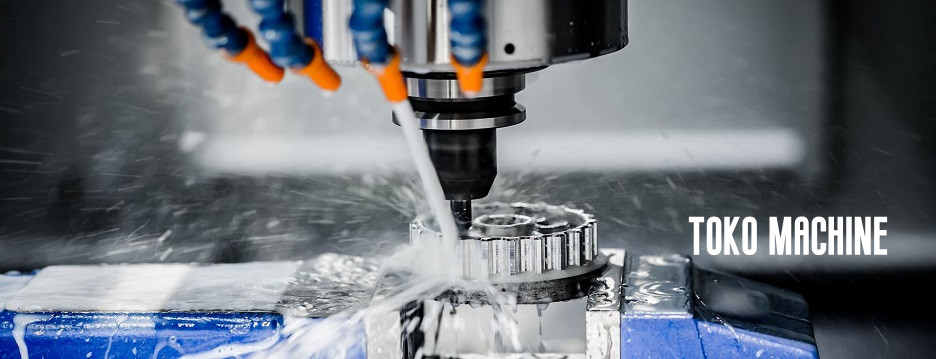Cold Rolling Mill
Cold rolling mills"CRM" are renowned for their precision and efficiency. Key features include high rolling forces for thin gauge materials, excellent surface finish, and dimensional accuracy. These mills also offer close control over the material's mechanical properties, such as strength and ductility.
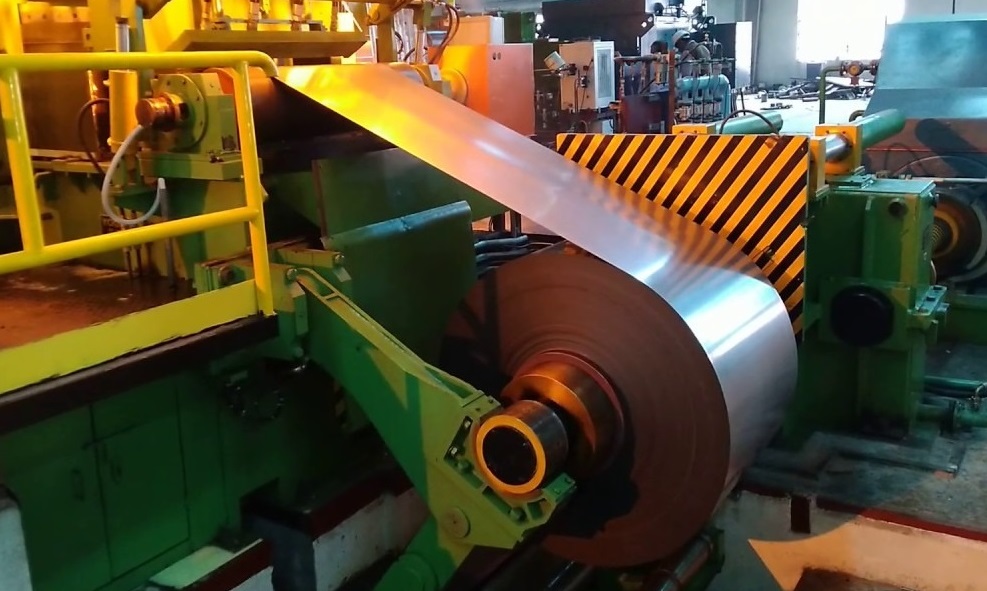
TOKO design purpose for "Four-high two-stand cold rolling mill" is to achieve high-precision and efficient rolling of metal sheets. It utilizes four rollers in each stand to provide stability and control during the rolling process, ensuring accurate thickness and surface quality of the rolled product. The two-stand configuration allows for multiple passes and progressive reduction in thickness, enhancing the overall rolling efficiency. This design is tailored for industrial production, aiming to meet the demands for high-quality metal sheets in various applications.
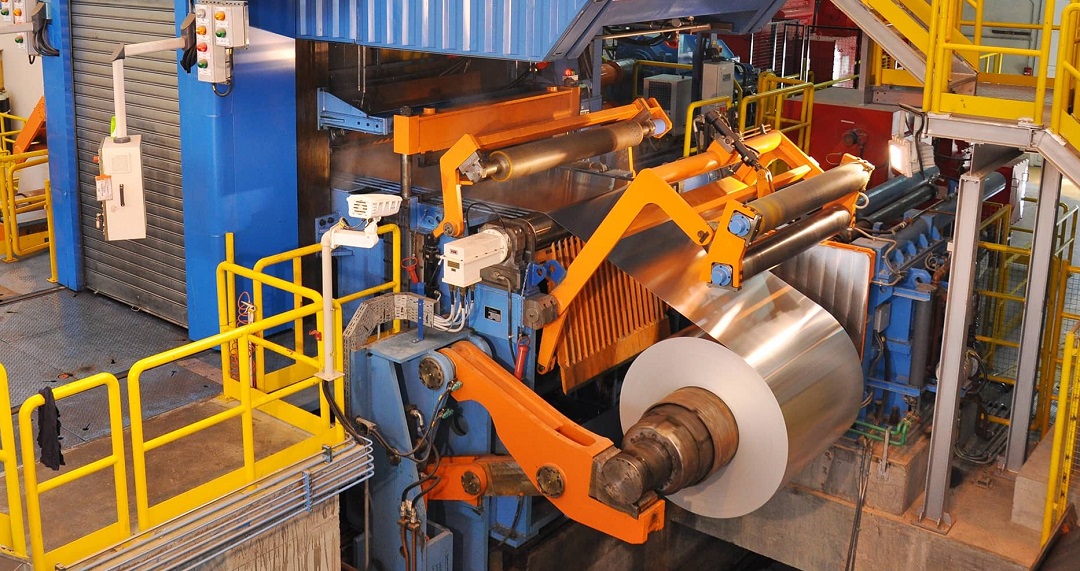
When operating a four-high cold rolling mill, it is crucial to adhere to certain regulations and procedures to ensure the safety of operators and the efficient operation of the equipment. Here are some key guidelines to follow:
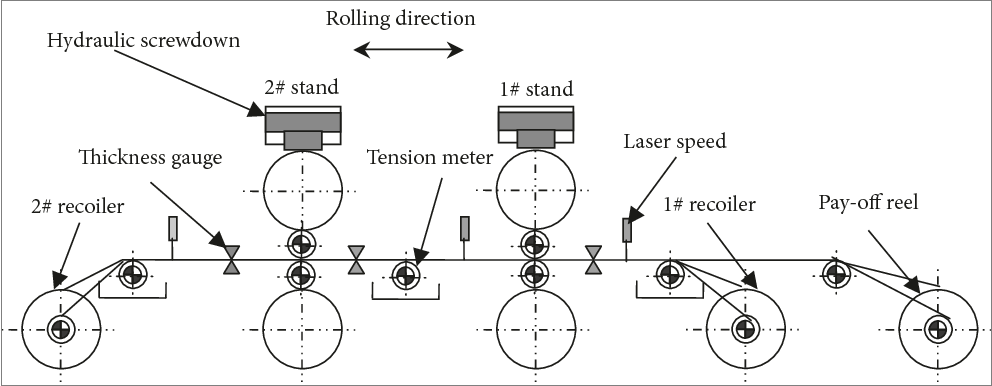
-
1, Personal Protective Equipment: Wear appropriate personal protective equipment, including safety helmets, goggles, and protective gloves. This is essential to minimize the risk of injuries from flying debris or contact with hot or moving parts.
-
2, Work Area Safety: Ensure the work area is clean and organized, free from debris or obstacles that could cause tripping hazards. Avoid wearing loose clothing or jewelry that could get caught in the machinery.
-
, Equipment Inspection: Before starting the rolling mill, conduct a thorough inspection of the equipment. Check for any damage or deformities, especially in the roller system components. Verify that all lubrication systems are operating properly and that there is sufficient lubricant.
-
4, Parameter Settings: According to the rolling process requirements, adjust the rolling parameters such as rolling force, speed, and gap between the rollers. Ensure that these settings are accurate and optimized for the desired product thickness and surface quality.
-
5, Material Handling: Place the metal material to be rolled on the feed roller track, ensuring its correct position and alignment. Avoid improper placement that could damage the equipment or affect the rolling quality.
-
6, Rolling Operation: Gradually increase the rolling pressure while closely monitoring the rolling process. Adjust the rolling parameters as needed to achieve the desired results. Pay attention to any abnormal sounds or vibrations that may indicate a problem.
-
7, Quality Control: After rolling, conduct a quality inspection of the rolled material. Check for thickness, flatness, and surface quality to ensure it meets the required standards.
-
8, Maintenance and Cleanliness: Regularly clean and maintain the rolling mill, including lubricating moving parts and checking for wear and tear. Keep the equipment clean to prevent debris or contaminants from affecting the rolling process.
-
9, Emergency Procedures: Familiarize yourself with the emergency stop procedures and know how to safely shut down the equipment in case of an emergency or malfunction.
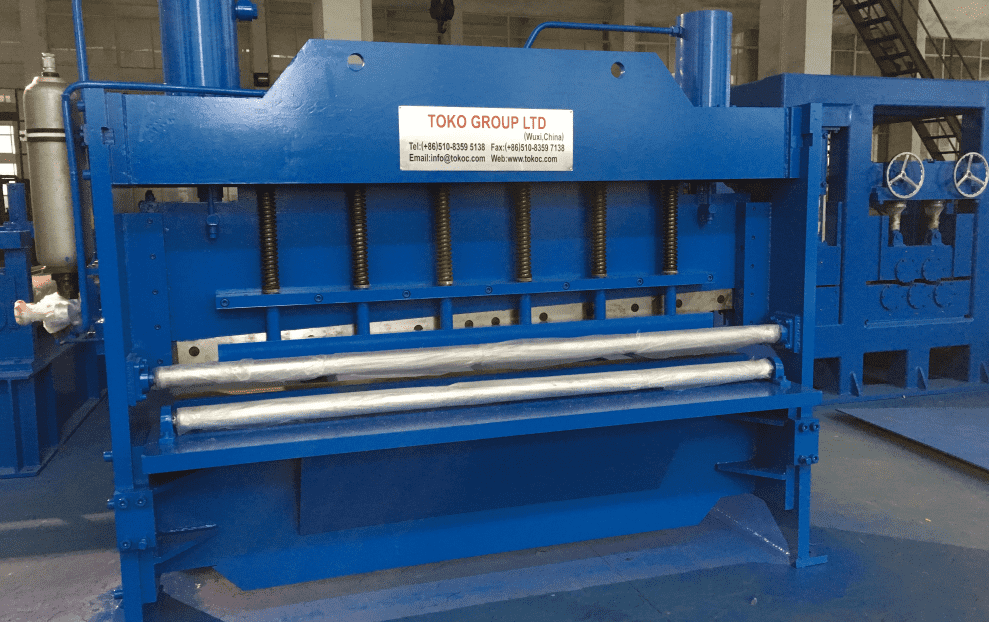
As a professional machinery equipments supplier,
TOKO machines have been sold to more than 40 countries and regions over the World. Looking forwards to establish long-term of partnership with your esteemed company in the coming future. (view old site at iTOKO MACHINE 2016 or from Audited Supplier). Any further questions about technology and solutions, please contact with us via mc@tokoc.com, our engineers will provide you the Customize-Service in 24 hours.
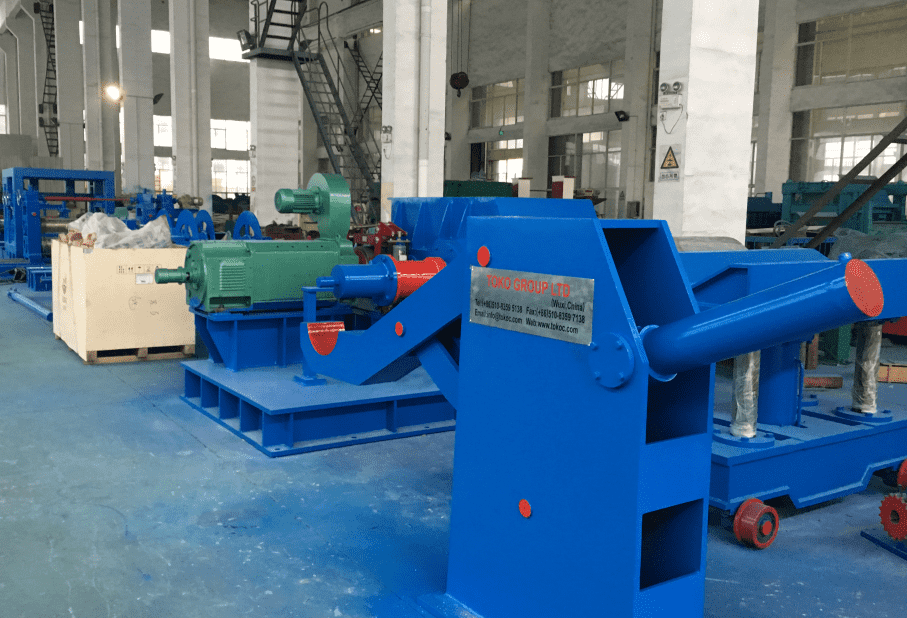
Notes to
Editors
more news about us is coming....

